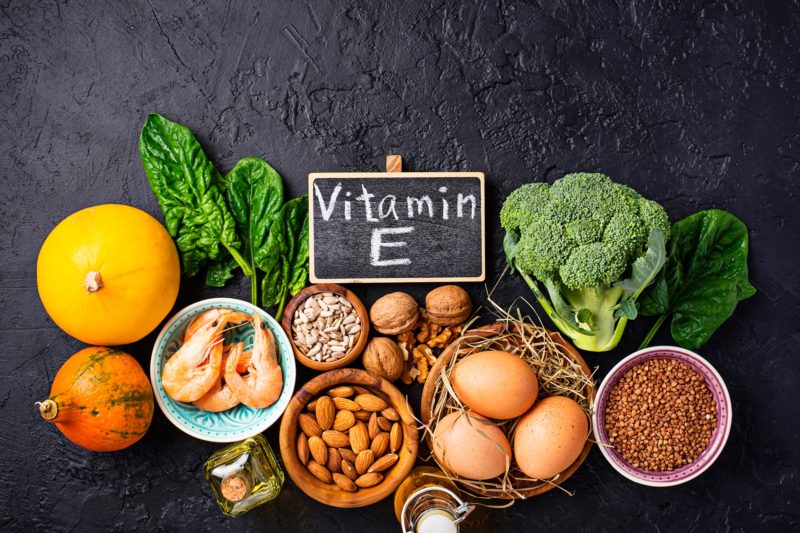Abstract
Nasopharyngeal carcinoma has a notably high incidence rate in Southern China, Southeast Asia, North Africa, Middle East, and the Arctic. δ-Tocotrienol is abundant in cereal and has some health benefits. In our recent study, we showed that δ-tocotrienol exerted anti-inflammatory effects in murine macrophages in vitro. The aim of this study was to further investigate the chemopreventive effects of δ-tocotrienol on human CNE1 cells. We showed that δ-tocotrienol induced apoptosis and cell cycle arrest at G0/G1 and M phases in nasopharyngeal carcinoma cells. Microarray analysis revealed that after CNE1 cells were treated with δ-tocotrienol, 169 genes were up-regulated and 167 down-regulated. ERK1/2 was shown to play a vital role in cell cycle arrest by gene chips. The results suggest that δ-tocotrienol induces cell cycle arrest in CNE1 cells via the p16/CDK4/cyclin D1 signaling pathway. Western blots showed that CNE1 apoptosis was related to dysregulated expression of Bax-2 and Bcl-2. Furthermore, caspase-3, -8, -9 up-regulation was related to the apoptotic effect of δ-tocotrienol; therefore, δ-tocotrienol triggers apoptosis in CNE1 cells through caspase-3 signaling. δ-Tocotrienol may potentially be developed as an anti-cancer agent in the management of nasopharyngeal carcinoma.

